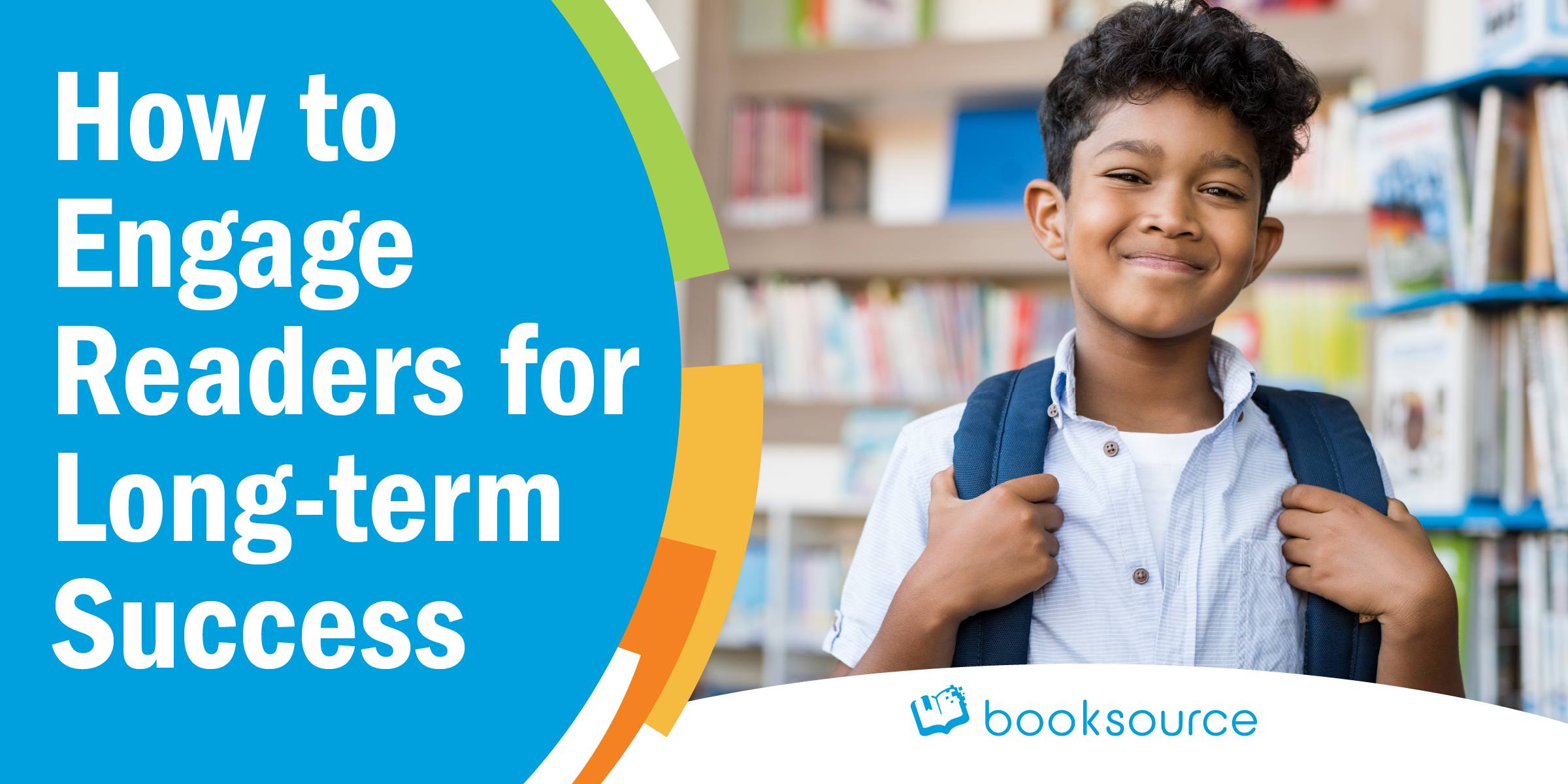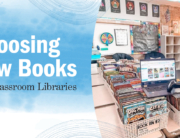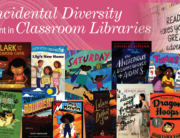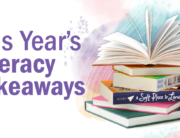While we know literacy impacts success across all subject areas, there are many factors that affect why students may struggle with or dislike reading. Luckily, there are also many reliable ways to engage readers and help them achieve long-term success!
1. Choose books across various topics and genres.

If a student is not excited to read, it could be a matter of finding a book that interests them. Providing books across many interest areas increases the likelihood that every student in your classroom will find a book that speaks to them.
2. Select books that challenge students but aren’t too hard.

It’s essential to supply on-level, above-level and below-level titles in your classroom so every student finds books that challenge them but are not too difficult. Struggling readers can easily get discouraged if every book is too advanced and may avoid reading altogether. Likewise, you want to ensure your proficient readers are being challenged, so their reading levels continue to improve, and they don’t grow bored.
3. Pick diverse titles so every student can find a book they relate to.

A student falling in love with reading could be as simple as discovering a story that resonates. Using classroom library management tools like Booksource Classroom makes it easy to hit every area of diversity, thus providing books that reflect many experiences. If a student sees themselves reflected in the stories they read, they will feel seen.
4. Encourage reading time at home.

Many families struggle to make time to read with their children every day. Show compassion when you explain that as little as 20 minutes of reading practice every day can have amazing results. Students who read 20 minutes per day score in the 90th percentile for reading achievement on standardized tests. Set families up for success by providing books for your students to bring home and read to their loved ones.
5. Make reading fun with interactive reading activities and games.

Incorporate reading games and activities into your lessons. There are many games that cater to different learning styles, including wordfinder puzzles to refresh vocabulary and reading Jeopardy to quiz students on recently read books. There are many free reading video games online that help boost comprehension and vocabulary as well.
6. Make read-alouds a consistent part of class.

Before students learn to read fluently, they must hear people reading to them. Being read to builds a foundation for imagination, understanding storytelling, memory and more. While not every student will be confident in their reading abilities, students can connect to stories during read-aloud time, which may spark a greater interest in independent reading.
7. Build in independent reading time and reading discussion groups.

Reading and discussing as a group builds interpersonal skills and allows students to learn from each other’s insights and observations. Emerging readers are motivated by stronger readers in their group, and more proficient readers gain an opportunity to build their leadership and teaching skills.
8. Model good reading habits as an educator.

Do you read consistently yourself? Talk to students about books and articles you have read that taught you something unexpected. Explain to them how lifelong learning is a practice that benefits your daily life. Your students look up to you and are more likely to prioritize reading if they see it’s important to you too. Also, take time to read books that your students are reading. It could provide an opportunity to connect to your students about books you both love.
9. Encourage summer reading to prevent learning loss.

Even if you build an extensive classroom library, your students may lose access to books during school breaks. Providing highly engaging titles over the summer, like Booksource’s Take Home Packs can help to combat learning loss. Offering rewards for summer reading by using handouts like our At-Home Reading Bingo and At-Home Reading Bingo (Spanish Version) may motivate students to read more as well.
10. Provide students with a choice in their classroom library.

Allow your students to take part in selecting books to add to their library. You can survey students about what subjects they are most interested in, as well as which authors or genres they prefer. Using a classroom library management tool like Booksource Classroom also allows you to track which titles are getting the most use. This data makes it easy to see what topics are most popular among students every year.
Enjoying these ideas but want to learn how early literacy impacts long-term success? Check out our blog How Engaged Reading Leads to Long-term Success.
What is your go-to solution for engaging readers?








Leave A Comment